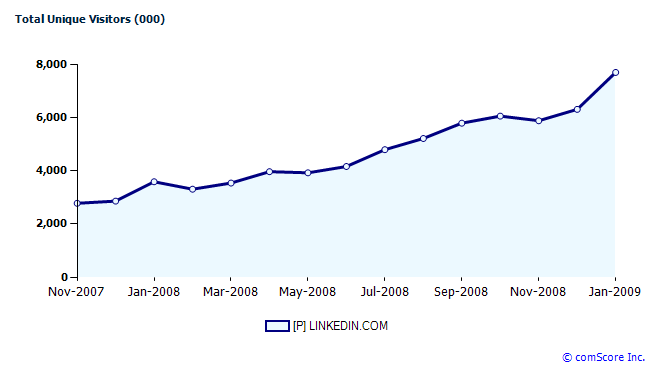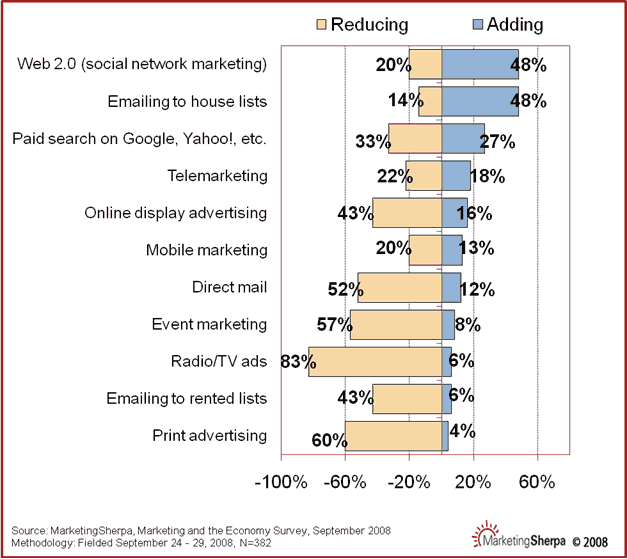At a time when we keep hearing about marketing cutbacks, the announcement of a big new ad campaign from Kimberly-Clark for their Depend brand is remarkable. The campaign launches today and runs through December across a variety of media – TV, Internet, direct response, print and point-of-purchase.
The new ads are basic and focus on differences between men and women. They feature a man and a woman standing in front of a white backdrop and talking about something that has nothing to do with incontinence. One features a discussion of whether men or women are better drivers. The campaign is the launch of gender-specific Depend.
“One of the key elements of the new campaign is a certain level of authenticity — showcasing real people, since this is such a real issue for so many people. It’s not an aspirational category; nobody wants to have to use [Depend], but the fact is that 27 million people will be dealing with this, so part of the role of Depend is to provide normalization of the category, and part of the goal of the campaign is to humanize it — not only demonstrate that Depend understands the difference between men and women,” Blake Boulden, Depend brand manager told MediaPost.
Kimberly-Clark introduced the gender specific underwear in December noting that caregivers are an important target market. “Our consumer research has found that users and caregivers can be uncomfortable shopping for adult incontinence products,” said Mark Cammarota, Depend Brand Director. “Quickly finding the right product remains a vital step in living with incontinence, and with a variety of options on store shelves, our new packaging designs will offer a simpler selection experience at stores.”
The website provides consumers with information, coupons and ask the expert information. www.depend.com
It’s a sharp contrast to much of the advertising in this category that is more product specific. Will it make boomers and caregivers feel more comfortable and confident with their purchase?



